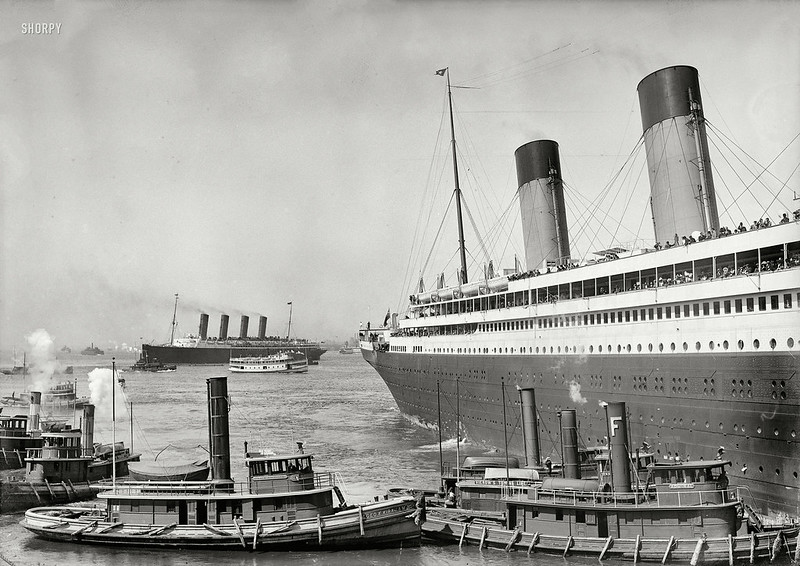
The tragedy of the sinking of the Titanic on April 14, 1912, was a catastrophic event that was so influential that new laws regarding mandatory lifeboat capacity for all passengers, lifeboat drills, a 24-hour radio watch, and the creation of the International Ice Patrol were passed. Despite the circumstances surrounding the Titanic being well documented and straightforward, there are still theories surrounding the unfortunate accident, one being that it was premeditated.
The switch theory is a conspiracy-style claim that the ship was not the Titanic at all but in fact her nearly identical sister ship, RMS Olympic, disguised as the Titanic. The Olympic was damaged in a prior incident, and its owners, White Star Line, under IMM, supposedly couldn’t afford or didn’t want to repair it properly, so they patched it up, renamed/disguised it, let it go on the voyage as the Titanic, then sank it so they could collect insurance/write off a loss. Meanwhile, the “real” Titanic would have continued operation, as the Olympic or under a different name, until being scrapped in the 1930s. The Olympic was launched in 1910 and was in service before the Titanic, which was launched in 1912. The two vessels were part of the Olympic class, sharing many design features. On September 20, 1911, the Olympic collided with the British naval vessel HMS Hawke, sustaining significant damage. The collision led to costly repairs, which delayed some of the Olympics’ operations.
The theory is that the Olympic was badly damaged in the Hawke collision, perhaps more than admitted, and that the switch of the ships happened in the shipyard before the voyage. The purpose of this orchestrated incident would be to collect insurance from a faulty, unreliable ship. These theories came about from the analyses of the structural makeup of the ships, which looked awfully similar. Additionally, what was suspicious was the coincidental absence of the owner of White Star Line, J.P. Morgan, who was supposed to board, alongside Milton Hershey and Henry Clay Frick, who were also meant to board but conveniently did not. The combination of these factors and coincidences fueled the conspiracy of a purposeful destruction of the Titanic for profit.
proves it worng but whatever